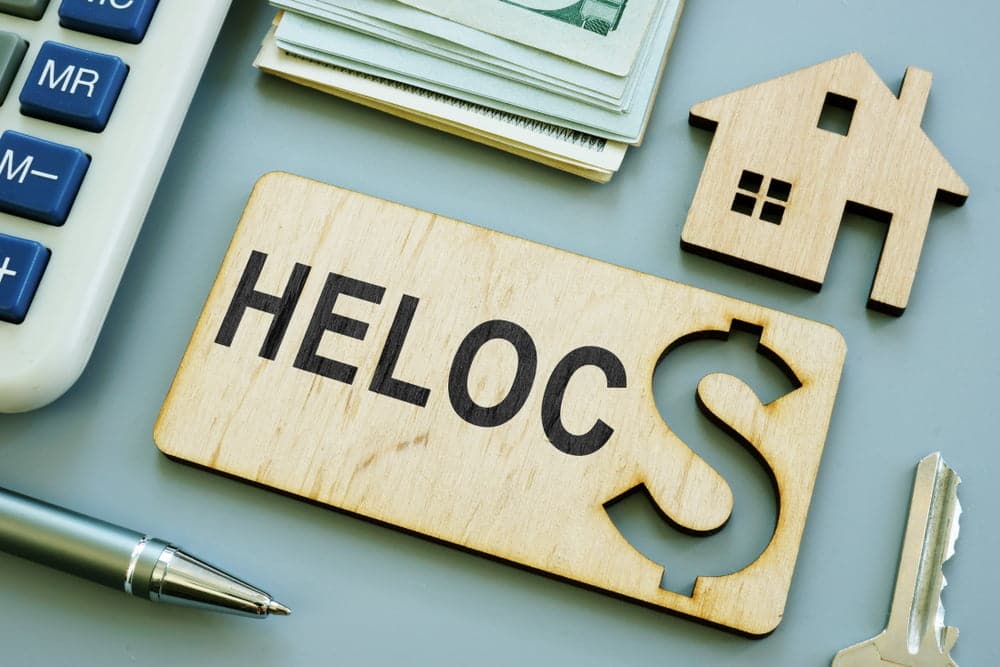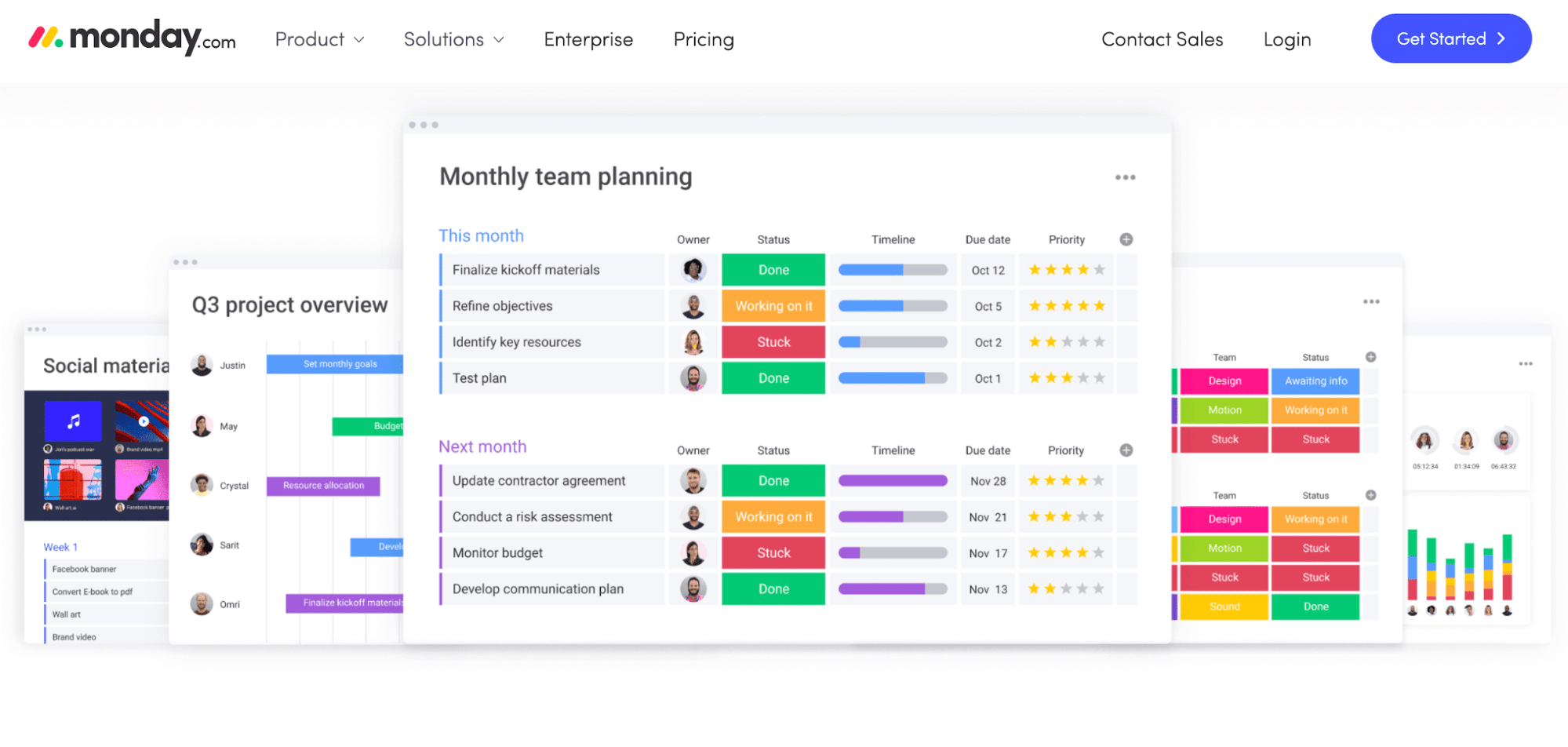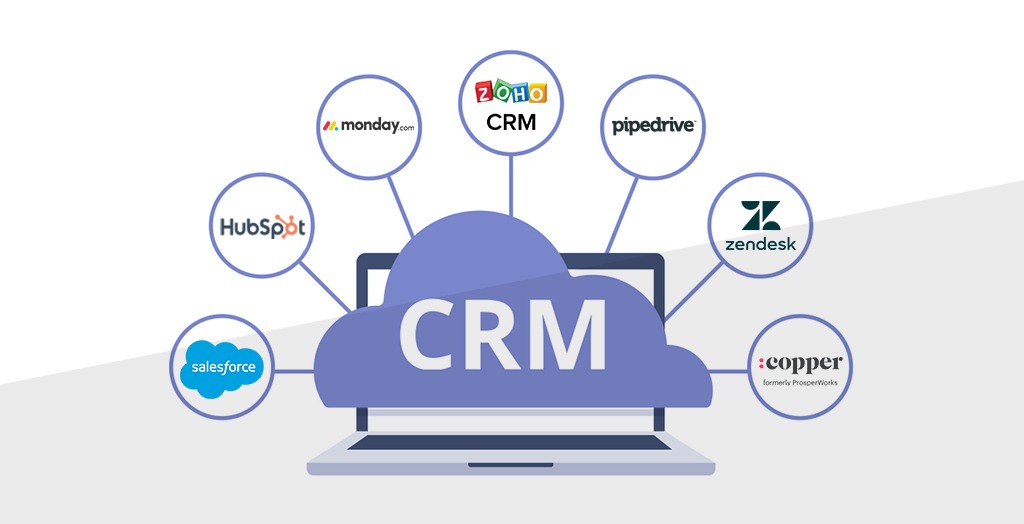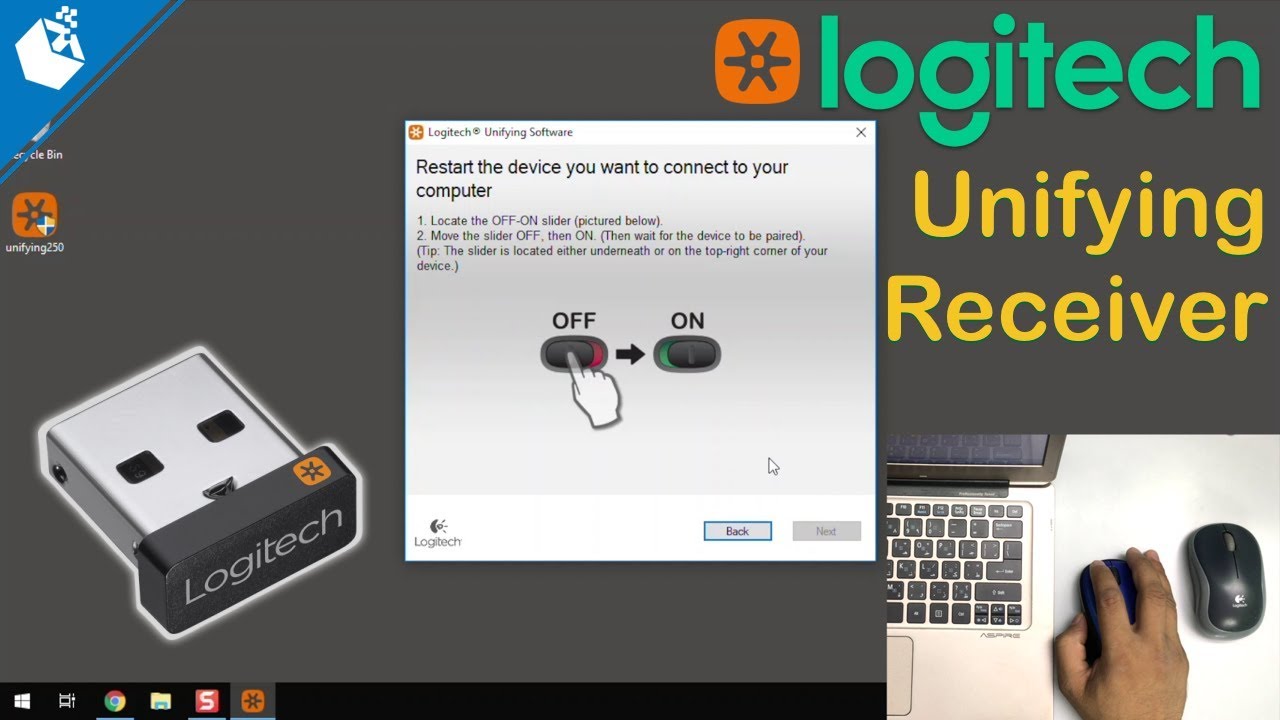Although being a homeowner is an amazing accomplishment, did you realize that a home may also be a great financial asset? A strong instrument for assisting you in reaching your financial objectives and aspirations is home equity. This in-depth guide will explain how to unlock your home’s hidden potential and delve into the world of Home Equity Line of Credit (HELOC) loans. A home equity loan (HELOC) can be the key to realizing the full worth of your house, whether you’re planning to renovate, pay off debt, or finance schooling.
Knowing What Home Equity Is
Understanding the notion of home equity is important before delving into the specifics of a HELOC loan. Home equity is the portion of your property’s value, the difference between the market value and the amount still owed on your mortgage. Your home equity will rise over time if you make mortgage payments or if the value of your house increases.
Increasing House Equity:
There are several approaches to increase home equity:
+ Making mortgage payments: As you pay down your loan debt, your equity progressively rises with each payment.
+ Appreciation in property value: The value of your property may rise in response to changes in the real estate market, increasing your equity.
+ Changes to your home: Making changes can increase your value and equity.
It is important to remember that creating home equity is a lengthy process that calls for discipline and consistency.
A HELOC loan: what is it?
HELOC loans let homeowners borrow against their home equity. HELOCs have variable credit limitations like credit cards. The borrower can withdraw and repay within a credit limit.
What is the process of a HELOC loan?
HELOC loans are divided into two primary stages:
1. The Draw term: Up to the authorized credit amount, borrowers may take out money from their HELOC account whenever necessary during the draw term, which typically lasts five to ten years. Interest is only assessed on the money borrowed during this time.
2. The Repayment Phase: Following the conclusion of the draw term, borrowers go into the repayment phase. During this time, they must return the loan and cannot withdraw money. Principal and interest must be paid regularly during the repayment, which typically takes ten to twenty years.
A HELOC loan’s advantages are:
Compared to alternative lending options, HELOC loans have several benefits. Let us examine a few of the principal advantages:
1. Accessibility and Flexibility: HELOC loans are revolving lines of credit, unlike lump sum loans. Because you can borrow money as needed, it’s a great choice for recurring bills or unpredictable project costs. You only pay interest on the amount spent, allowing you to meet different financial needs. You can take money out and repay it several times.
2. Cheaper Interest Rates: HELOC loans are frequently cheaper than personal or credit card loans. Lenders see home equity loans as less risky because they are secured by the property, which leads to more favourable interest rates. You can obtain money more cheaply and even save a lot on interest by using the equity in your house as collateral.
3. Potential Tax Benefits: A HELOC loan might be even more favourable financially if the interest paid is tax deductible in certain circumstances. As tax requirements differ, it would help if you spoke with a tax specialist to understand your unique position and eligibility.
4. Versatile Use: You can use HELOC loans for various applications because of their versatility. A HELOC loan offers an option without limiting how the money is used, whether for home upgrades and improvements, debt consolidation, educational expenses, or unforeseen crises.
Things to Think About and Possible Risks:
HELOC loans have many advantages, but before taking the plunge, there are some risks and a few things to consider.
1. Responsibly Borrow: To prevent getting into a debt trap, responsibly borrowing is essential, just like with any credit. Before taking out a HELOC loan, consider your financial status, ability to repay the debt, and the reason for borrowing.
2. Varying Interest Rates: While mortgage loans with fixed rates are available, home equity loans (HELOC) frequently have variable interest rates. Depending on market conditions, these rates may change, which could result in higher monthly payments during the payback period. Understanding the terms of your home equity line of credit (HELOC) loan and assessing the potential effects of interest rate fluctuations on your financial health are critical.
3. Possible Loss of Equity: HELOC loans use home equity as security, so you could lose your home if you default. Paybacks must be made on time to safeguard your home and ensure you don’t exceed your means.
In conclusion:
A HELOC loan can open up a world of financial possibilities by enabling you to tap into the potential of your home equity. You may make wise judgments and take advantage of the worth of your property to accomplish your objectives by comprehending the idea of home equity, the workings of a HELOC loan, and balancing the advantages above the hazards. Recall that the secret to properly using the potential of a HELOC loan is prudent financial planning combined with cautious borrowing. Take the first step toward a better and more wealthy future by considering your possibilities.










